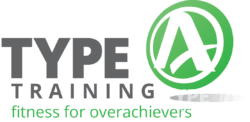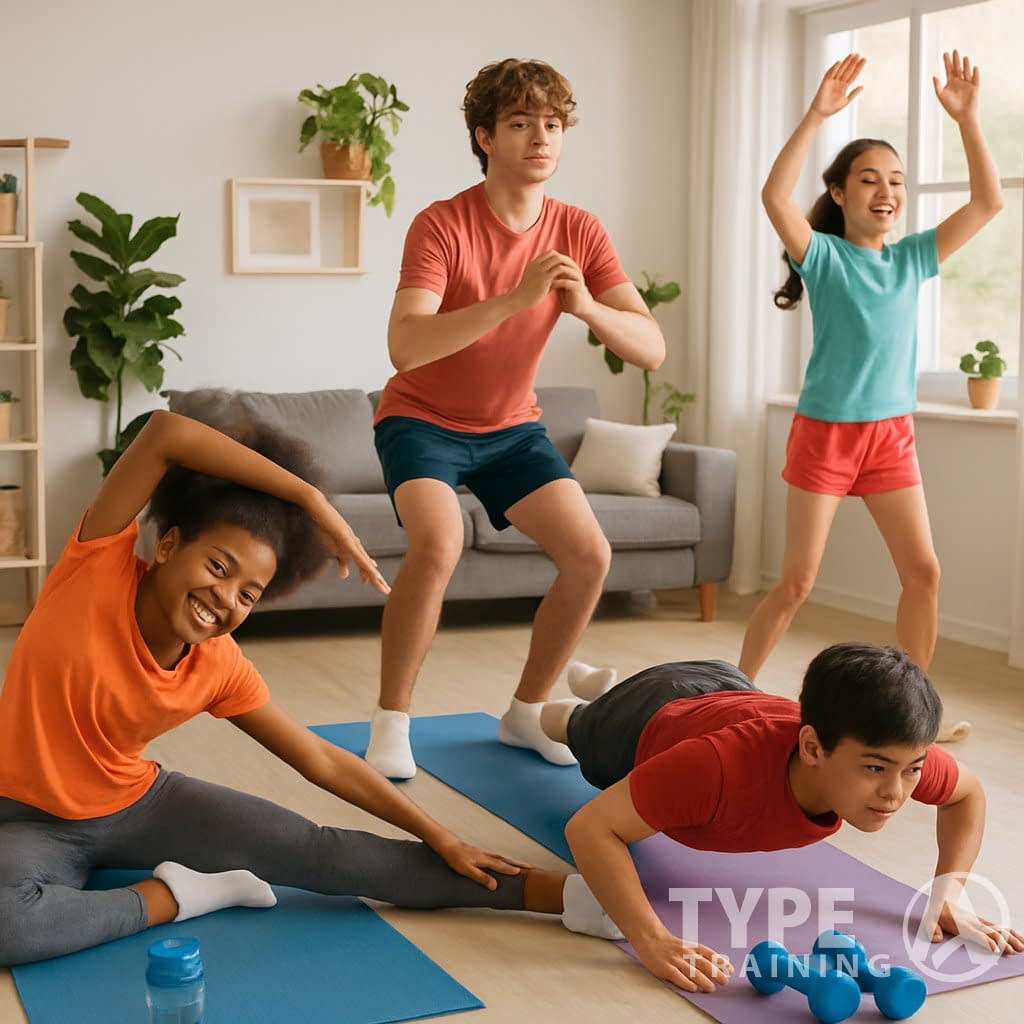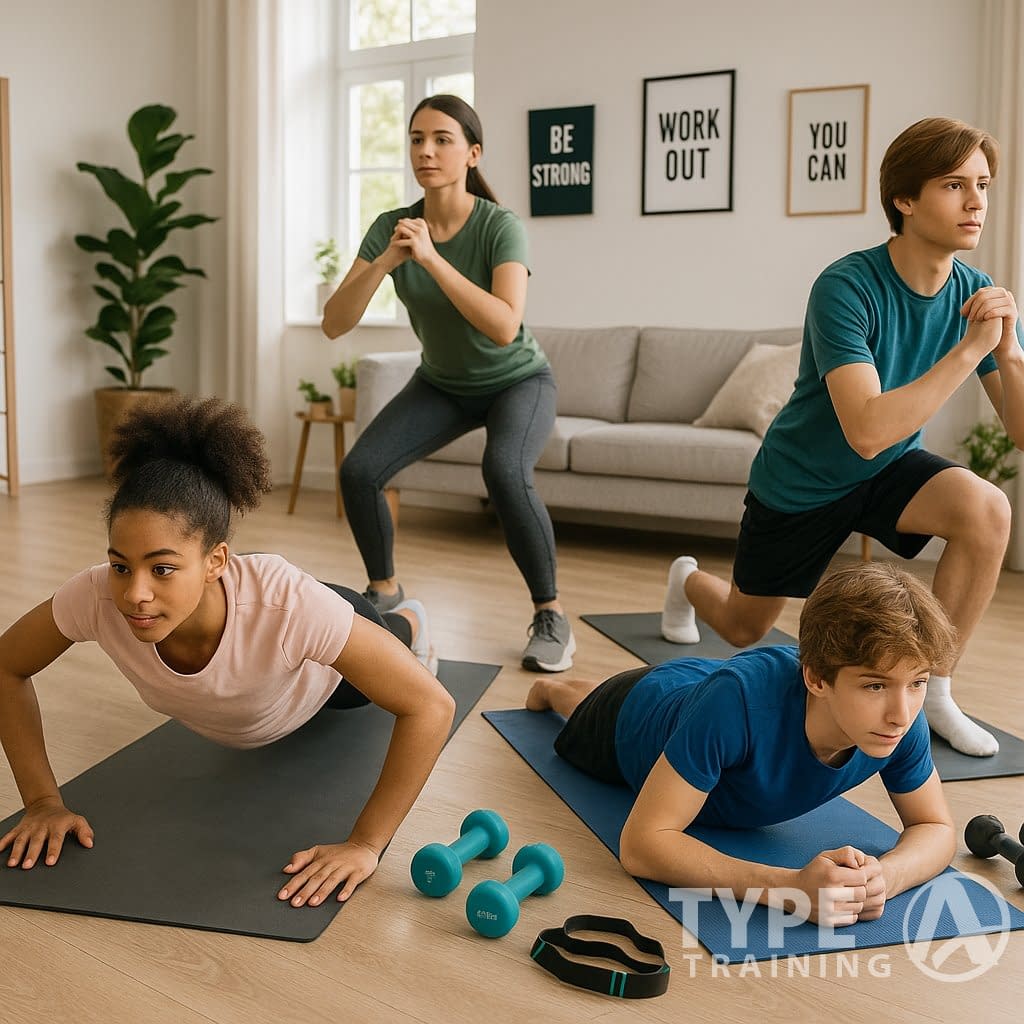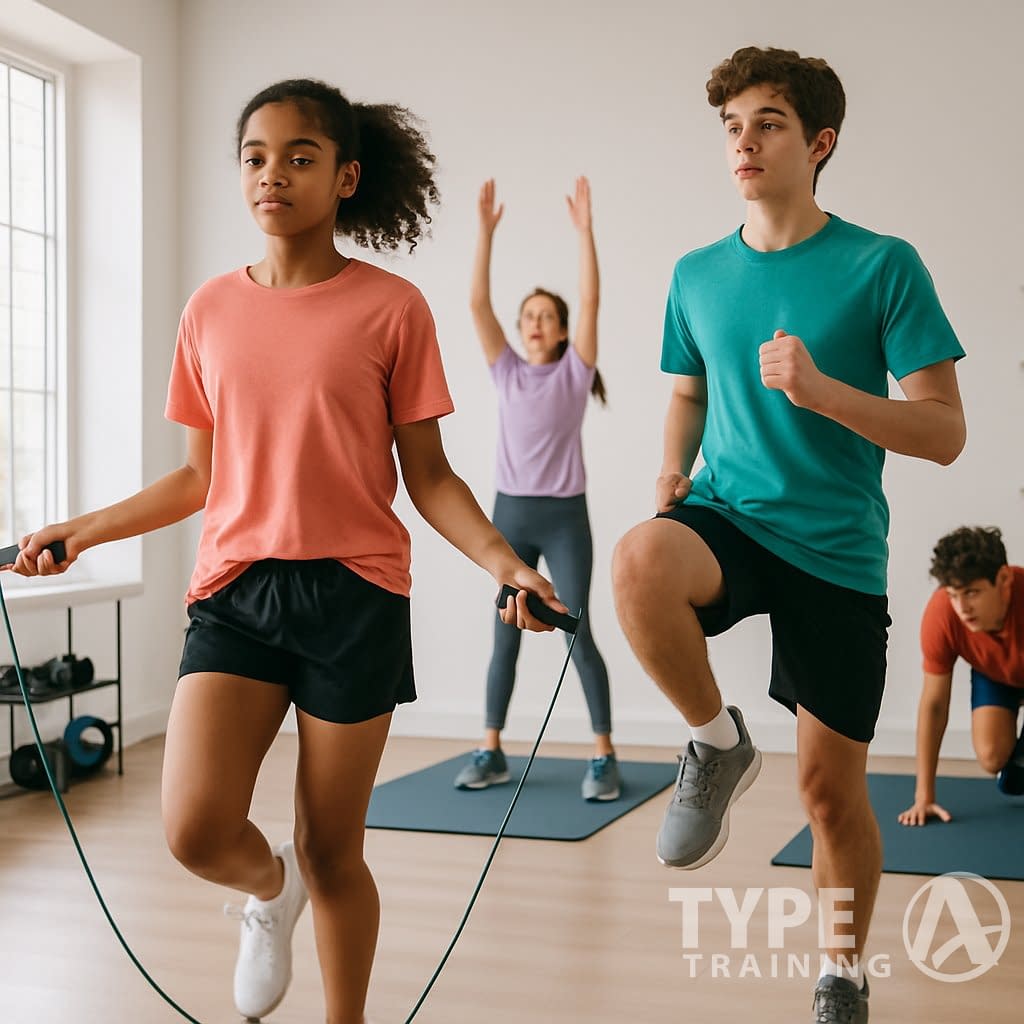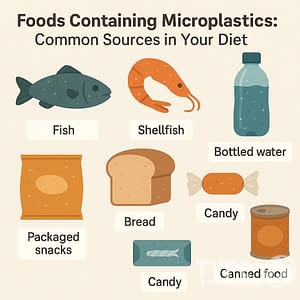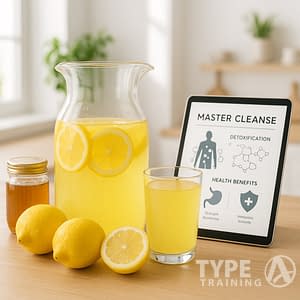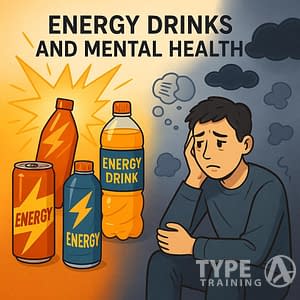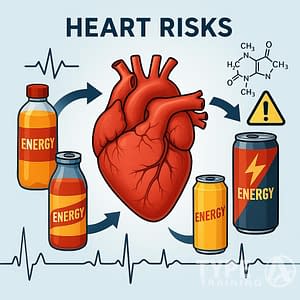Getting started with fitness as a teenager can feel a bit overwhelming. Most programs are built for adults or people who have fancy equipment, which isn’t super helpful if you’re just at home.
Even if you don’t have access to a gym, you’ve got a bunch of ways to get stronger and healthier right where you are. It helps to know how your body works, what’s safe for your age, and how to keep things balanced.

Learning the basics of exercise gives you the power to build a plan that actually fits your life. If you set realistic goals and understand your own needs, it’s way easier to stick with it—and actually see some progress.
Popular posts:
Key Takeaways
- Start with an easy-to-follow plan that fits your needs
- Mix strength training, cardio, and diet for the best results
- Set clear goals and learn about your body for safe and steady progress
Finding Your First Steps
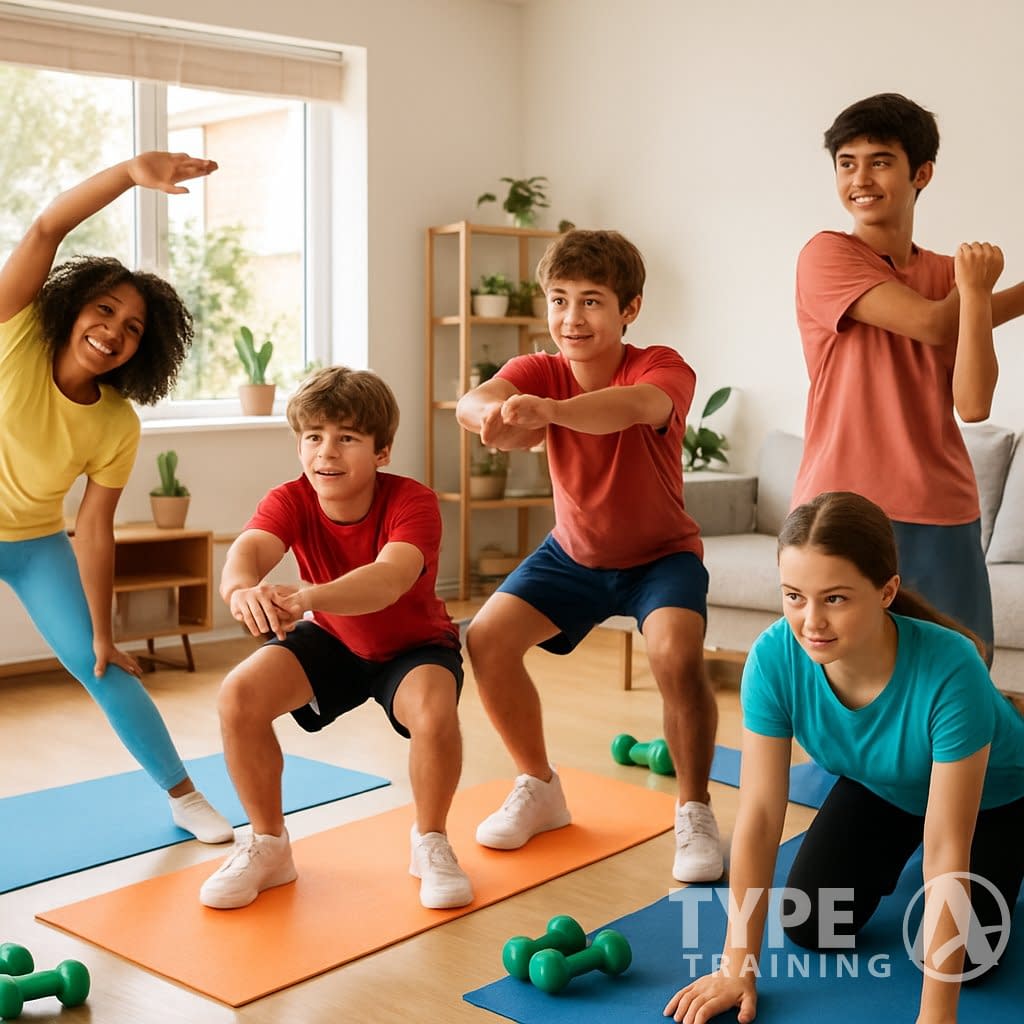
Jumping into your fitness journey as a teen means thinking about your body’s unique stage of growth. There’s a lot going on—puberty, growth spurts, all that fun stuff.
Some teens find it takes a while to build muscle until they’re further along with puberty. That’s totally normal, even if it’s a little frustrating.
The most important thing is to focus on learning proper form and building a solid base. Practicing basic moves with just your body weight is honestly a perfect place to begin.
Working on flexibility now will pay off later, too. Don’t skip it, even if it feels boring at first.
And let’s clear up a classic myth: lifting weights does not stunt your growth. That rumor’s been debunked by science and pretty much every expert out there.
Safe strength training can actually help you get stronger and feel more confident. No need to worry about getting “too big” or messing up your height.
Don’t forget to eat plenty of protein to help your muscles recover. Snacks like beef jerky or Greek yogurt are easy wins for a protein boost.
Your nutrition and habits matter just as much as your workouts. If you’re not fueling up, progress will be slow—there’s no way around that.
Building a Workout Routine for Teens
Setting up a workout plan as a teenager can set the tone for your health for years. Aim for at least 60 minutes of physical activity each day—even if you have to break it up.
Cardio matters, and it doesn’t have to be boring. Walking, biking, jogging, or just playing sports with friends all count. Honestly, finding something you actually like is half the battle.
Strength training’s important, too. Try to build muscle around three times a week.
For most teens, that’s plenty unless you’re super serious about lifting. Focus on learning the right way to do each move—don’t rush for heavy weights, it’s not a race.
Tailor your workout to your goals. If you want muscle, go for heavier compound exercises like squats, push-ups, or bench presses.
If you’re more about losing weight, adding extra cardio helps. And yeah, your diet is a huge part of all this, even if you wish it wasn’t.
Here’s a basic weekly workout plan:
| Day | Cardio (minutes) | Strength (minutes) |
|---|---|---|
| Monday | 30-60 | 30 |
| Wednesday | 30-60 | 30 |
| Friday | 30-60 | 30 |
If you want more details, check out these workout plans for teenagers. You can always tweak things as you get stronger or your interests change.
Understanding What it Means to Exercise as a Teen
Being a teen means your daily life is often dictated by stuff you can’t control. Maybe you don’t have a gym nearby, or you’re stuck with a mountain of homework.
Family rules and responsibilities can eat up your time, too. And let’s be real—sometimes you don’t even get to pick what’s for dinner.
Still, there are tons of ways for teens to stay active and get stronger. Bodyweight exercises are awesome because you don’t need fancy gear.
Moves like push-ups, squats, and planks can do wonders with just your own body. If you can get your hands on a pull-up bar, whether it’s in a doorway or at the park, you’re golden.
Here are a few ways to make the most of what you’ve got:
- Use a park or playground for things like dips or pull-ups.
- Try filling a backpack with books to add weight.
- If you have dumbbells or plates, use them to make bodyweight moves tougher.
| Exercise | At-Home Options | How to Make Harder |
|---|---|---|
| Push-ups | Floor, bench, or stairs | Add weight to your back |
| Pull-ups | Door-frame bar, monkey bars, sturdy tree limb | Hold a dumbbell between your legs |
| Squats | Use own body weight, hold backpack or books | Hold weights or wear backpack |
| Sit-ups | Mat, towel, or soft carpet | Hold weight at chest |
| Dips | Edge of couch, chair, or park bench | Put feet on elevated surface |
Your workouts should match your space, skills, and confidence. The trick is just to keep at it and use what you’ve got—no need for perfection.
Getting creative with simple equipment or everyday stuff is honestly kind of fun. Regular exercise isn’t just about muscles; it can seriously boost your confidence, too.
For more teen-friendly workout ideas, check out this teenager workout guide.
How Working Out Builds Your Body
When you work out, you’re basically pushing your body to get stronger by moving in all sorts of ways. Most routines target specific muscle groups throughout the week, so you’re not just doing random stuff.
One common approach is to use a schedule, or “split,” where you focus on different muscles on different days. Maybe you hit chest one day, back the next—keeps things interesting.
At first, you might see progress pretty quickly, especially with a full-body routine or simple splits. As you get stronger, you might want to experiment with push/pull routines or other setups that more advanced lifters use.
Training three times a week lets you cover all the major muscle groups without burning out. Here’s what a common plan might look like:
| Muscle Group | Example Exercises |
|---|---|
| Back | Pull-ups, rows, lat pulldowns, deadlifts |
| Chest | Push-ups, bench press, dumbbell press |
| Shoulders | Shoulder press, lateral raise, shrugs |
| Biceps | Curls, hammer curls |
| Triceps | Dips, triceps extensions |
| Quads | Squats, lunges, leg press |
| Hamstrings | Leg curls, stiff leg deadlifts, good mornings |
Compound moves like squats and bench presses are your best friends—they hit several joints and muscles at once. You’ll build strength and muscle faster with these than if you just do isolation exercises.
Isolation moves are still useful, especially if you want to shape certain muscles down the line. But if you’re just starting out, focus mostly on the big compound stuff.
Rest matters, too. Don’t skip rest days—your muscles need time to recover and grow, or you’ll just end up exhausted and frustrated.
Honestly, keeping a regular routine and balancing effort with downtime is the best way to get stronger and see results. Nobody gets it perfect every week, but consistency beats perfection every time.
Finding Balance: Working Hard Without Overdoing It
Staying focused on proper form during each movement is key. When you pay attention to how you move, you build muscle memory the right way.
This is the time in your life when practicing full range of motion pays off. Bending all the way instead of stopping halfway helps your joints and makes your workouts more effective.
Moving slowly through exercises like push-ups or squats lets you control your body. Take your time on each rep to avoid letting momentum take over.
When you pause at the bottom of a push-up instead of bouncing back up, you put more focus on your muscles. This method builds both strength and stability and can help your flexibility and mobility, making everyday activities easier and maybe even safer.
It’s also smart to train your balance and coordination. Try standing on one leg or adding single-leg moves to your workout.
These skills help you stay steady and lower your risk of injury. Here are some simple ways to add them in:
- Balance: Stand on one foot while brushing your teeth
- Coordination: Switch hands during simple exercises
- Flexibility: Stretch after every workout or on rest days
| Focus Area | How It Helps | Simple Example |
|---|---|---|
| Flexibility | Prevents soreness, boosts range of motion | Stretching hamstrings after exercise |
| Balance | Builds core control | Standing knee lifts |
| Coordination | Improves movement skills | Dribbling a ball while jogging |
| Joint Health | Keeps joints safe and strong | Using slow, controlled movements |
| Mobility | Increases movement comfort | Deep squats, arm circles |
Rest is just as important as working out. Skipping rest days or not getting enough sleep makes it harder for your body to grow stronger.
Your muscles need time to repair and rebuild so you can keep making progress. Plan your week with rest days after each workout.
Start with three sessions each week and give your body space to recover before taking on more. Respect your body and don’t rush it—move with care, focus on control, and listen to what you need.
The Bodyweight Training Program
This bodyweight training plan uses simple moves to work your whole body. You don’t need any equipment, which makes it easy to do at home.
Aim for 2–3 sessions each week and adjust the number of sets or reps as you become stronger. If an exercise gets too easy, add extra reps or toss a few books in a backpack for extra resistance.
Sample Bodyweight Routine:
| Exercise | Sets | Reps/Time |
|---|---|---|
| Push-Ups | 2–3 | 15–20 reps |
| Pull-Ups or Inverted Rows | 2–3 | 8–12 reps |
| Burpees | 2–3 | 15–20 reps |
| Mountain Climbers | 2–3 | 30–50 (each leg) |
| Plank | 2–3 | 60 seconds (or max) |
| Bodyweight Squat | 2–3 | 15–20 reps |
Push-ups and pull-ups help build strength in your chest, arms, and back. For lower body, bodyweight squats focus on your legs and glutes.
Planks work on your core, while burpees and mountain climbers add a cardio element. If you want more challenge, use a weighted belt or backpack for some moves or try adding exercises like the shoulder press with household items.
You can see more routines for beginners in this at-home bodyweight workout. This kind of training is a good choice for getting stronger and more fit before moving to weights.
Exercise Routine for Teens
First Workout: Building Strength
Start with a five-minute jog or jump rope to get your heart rate up. A few stretches for your arms, legs, and shoulders will help prevent injuries.
Your exercises for today:
| Exercise | Sets | Reps |
|---|---|---|
| Squats | 3 | 5 |
| Floor Press or Bench Press | 3 | 5 |
| Barbell or Dumbbell Row | 3 | 5 |
| Overhead Press | 3 | 5 |
| Dips | 3 | Max you can do |
| Biceps Curls | 3 | 8-12 |
Remember, you can use dumbbells if you don’t have a barbell. Presses can be done on the floor if you don’t have a bench.
Second Workout: Bodyweight and Mobility Focus
Begin with light cardio and stretching. This routine uses both bodyweight and weights.
The workout includes:
- Goblet Squats: 3 sets of 15 reps
- Push-ups: 3 sets; as many as you can
- Pull-ups or Inverted Rows: 3 sets; as many as possible
- Side Lateral Raises: 3 sets of 15 reps
- Stiff Leg Deadlift: 3 sets of 8-12 reps
- Skullcrushers: 3 sets of 8-15 reps
- Standing Calf Raise: 3 sets of 15 reps
Finish with a few minutes of light stretching or a short yoga routine to relax your muscles and improve flexibility.
Third Workout: Full Body and Stability
Warm up with a brisk walk or skipping rope. Here’s your workout:
| Exercise | Sets | Reps |
|---|---|---|
| Bodyweight Squats | 1 | 15 |
| Squats | 2 | 8 |
| Dumbbell Bench Press | 3 | 8-12 |
| One Arm Dumbbell Row | 3 | 8-12 |
| Seated Arnold Press | 3 | 8-12 |
| French Press | 3 | 8-12 |
| Alternating Dumbbell Curls | 3 | 8-12 |
| Plank | 3 | Hold as long as possible |
End your day with some relaxing yoga poses for better recovery and balance. For more tips, you can check out this teen workout plan or explore this home workout for teenage guys.
Top Cardio Exercises for Teenagers
Cardio doesn’t have to mean running on a treadmill every day. You can choose from sports like basketball, volleyball, or football.
These activities help keep your heart healthy and improve your endurance. If you prefer solo activities, try cycling, dance, or skateboarding.
What matters most is picking something you enjoy, so it feels fun instead of boring. Here are a few ideas:
Popular Cardio Choices for Teens
| Activity | Benefits |
|---|---|
| Team sports | Boosts fitness and teamwork |
| Cycling | Great for leg strength |
| Dance | Fun way to burn calories |
| Skateboarding | Improves balance |
Why Nutrition Matters for Your Workout Routine
What you eat is just as important as how much you exercise. Honestly, you can’t out-train a lousy diet, no matter how hard you push yourself in the gym.
A well-balanced diet gives your body the energy and building blocks needed to stay strong and build muscle. It’s the foundation for feeling your best, too.
Key Nutrients for Fitness
To support your fitness goals, focus on three main nutrient groups:
| Nutrient | What It Does | Good Sources |
|---|---|---|
| Proteins | Helps repair and build muscles | Eggs, chicken, fish, beans, cheese, milk |
| Fats | Provides lasting energy | Avocados, peanut butter, olive oil, fish |
| Carbohydrates | Fuels your workouts | Oatmeal, potatoes, vegetables, whole grains |
Making Positive Choices
- Pick lean proteins like eggs, seafood, and dairy to help with muscle growth.
- Choose healthy fats from foods such as nuts, avocados, or olive oil. Try to keep fried or heavily processed foods to a minimum.
- Stick to complex carbohydrates like whole-grain bread, beans, and vegetables. Skip the cookies, chips, or soda when you can.
Foods to Limit
Avoid sugary snacks and drinks like energy drinks, sodas, and highly processed foods. They might give you a quick buzz or taste great, but they’re not doing your fitness goals any favors.
Junk food is often linked to tiredness and other health problems. It’s just not worth it most days, is it?
Helpful Tips
- If you have trouble eating enough, add small snacks like bananas or handfuls of nuts between meals.
- Mix in calorie-rich but healthy items such as shredded cheese or an extra glass of whole milk.
- For a boost in protein, some people use whey powder. Just look for high-quality options with no extra sugar or chemicals—labels can be sneaky.
Well-Being and Diet
Good nutrition supports not just your workouts but also your energy, mood, and overall well-being. When you fuel your body with nutritious foods, you’ll probably notice better focus and faster recovery after exercise.
For more details on how diet supports teen fitness, check out this teen workout diet guide or learn about the connection between nutrition and well-being here.
Set Goals
Setting clear goals can really help you stay motivated as you go along your fitness journey. Try to make your goals specific and measurable, not just vague ideas.
Maybe you want to run a mile without stopping. Or maybe you’re aiming for a certain number of push-ups, or hoping to boost your strength with weights.
Write down where you’re starting from—like how many reps you can do, how long you last during a workout, or your current weight. It’s easy to forget the details, so jotting them down helps.
A simple table can help you track your progress:
| Start Date | Goal | Current Status | Target Date |
|---|---|---|---|
| May 2025 | 15 push-ups | 7 push-ups | Aug 2025 |
| May 2025 | Run 1 mile | 0.5 miles | Sept 2025 |
Check in on your goals now and then, and update them as you get stronger. Your goals will probably change over time, which just means you’re learning more about what works for you.
Try to keep the process fun. If you actually enjoy your workouts, you’re way more likely to stick with them and hit those goals—at least, that’s been my experience.
